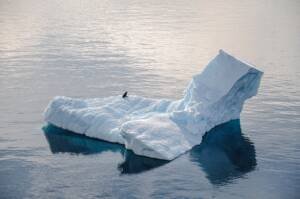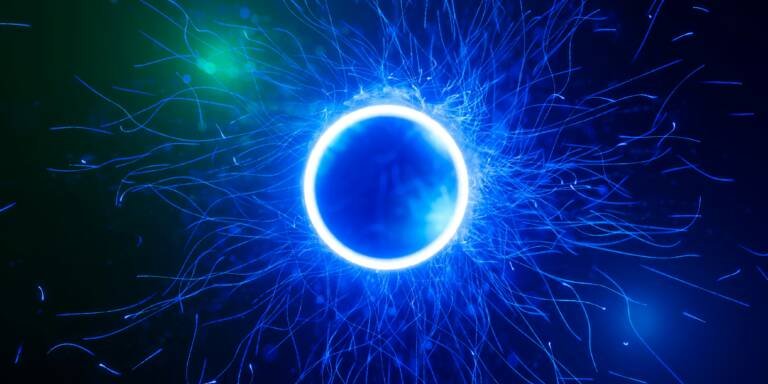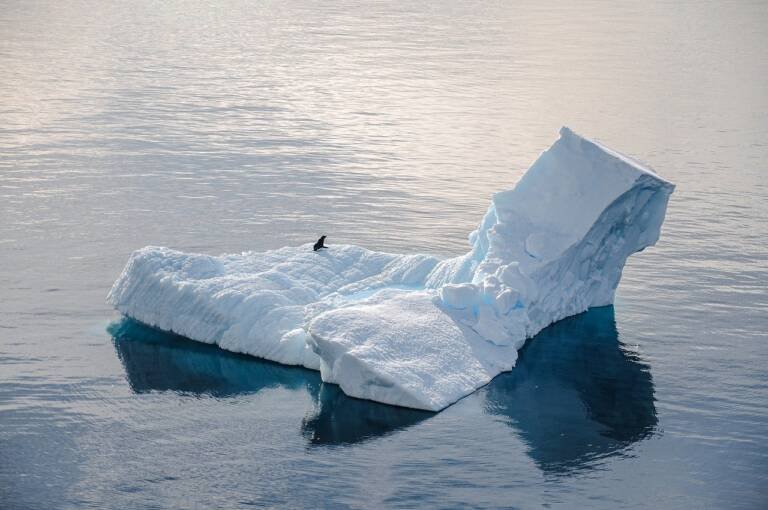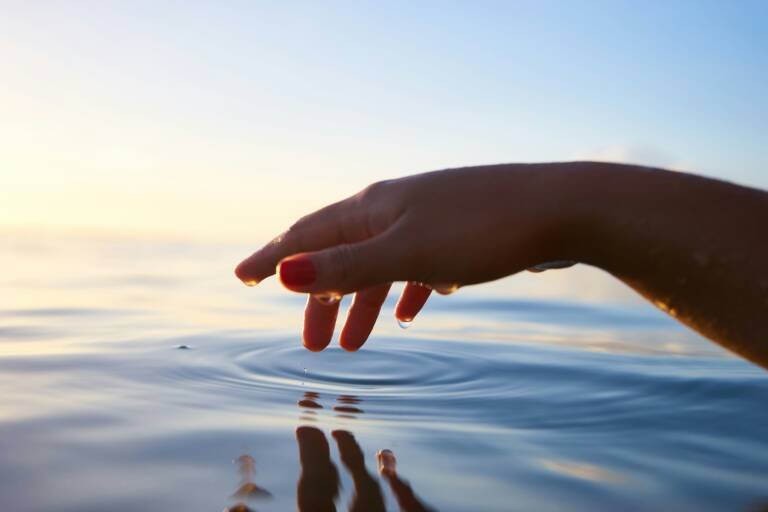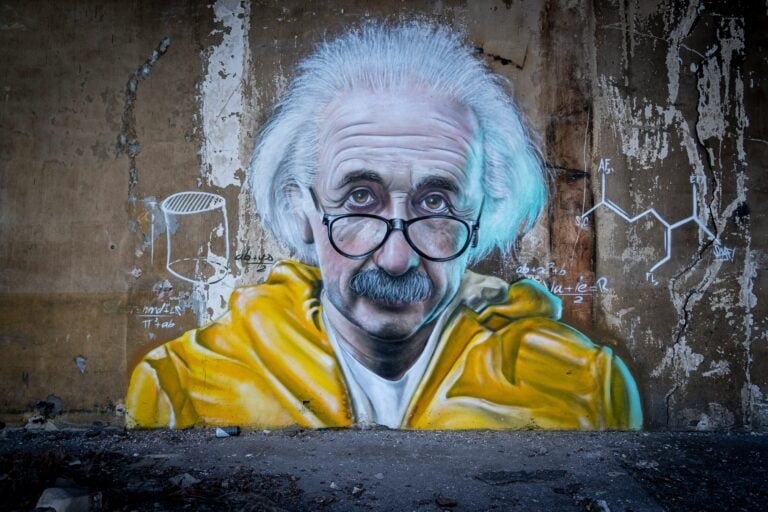does the amount of water on earth change?
Introduction
Water is essential for life on our planet. It covers about 71% of Earth’s surface, and it exists in various forms: oceans, rivers, lakes, glaciers, and even in the atmosphere. But does the total amount of water on Earth ever change?
The Water Cycle
The Earth’s water is part of a dynamic system known as the water cycle. Here’s how it works:
- Evaporation: The Sun’s energy causes water from oceans, lakes, and rivers to evaporate into the atmosphere.
- Condensation: As the water vapor rises, it cools and condenses into clouds.
- Precipitation: Clouds release water in the form of rain, snow, or hail, which falls back to the Earth’s surface.
- Runoff: Water flows into rivers, streams, and oceans, replenishing these bodies of water.
- Infiltration: Some water seeps into the ground, becoming groundwater.
- Transpiration: Plants absorb water from the soil and release it into the air through their leaves.
This continuous cycle ensures that water is redistributed across the planet, maintaining a balance.
The Constant Amount of Water
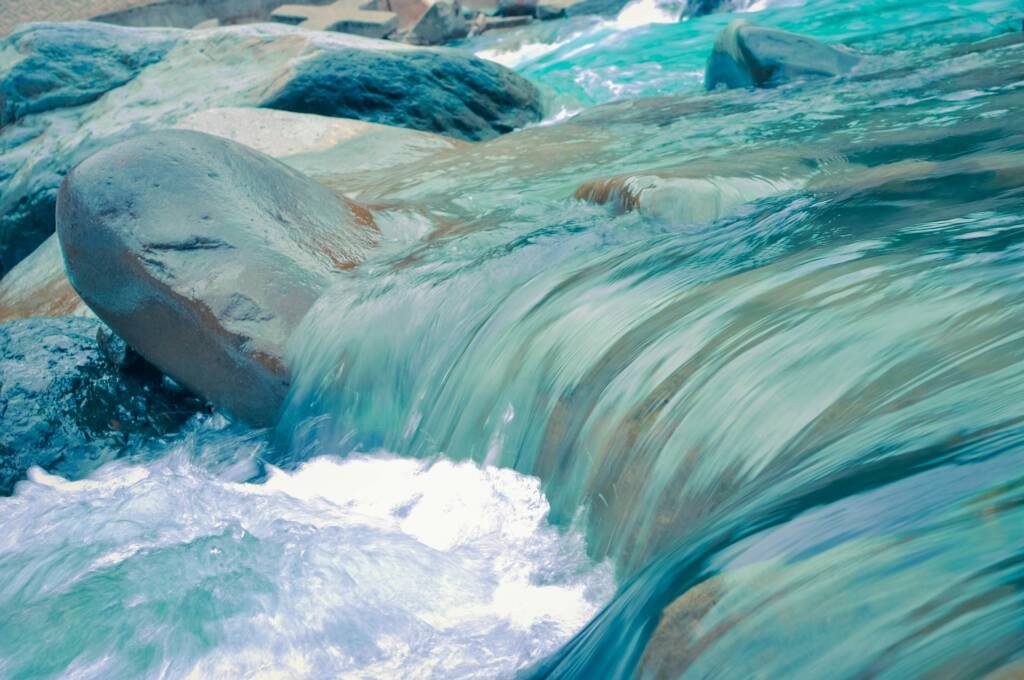
The total amount of water present on Earth is fixed and does not change significantly. Here’s why:
- Closed System: Earth is effectively a closed system. Water cannot escape into space, and new water is not created or destroyed. It merely changes form during the water cycle.
- Volcanic Eruptions: While the water cycle remains constant, there are minor exceptions. Volcanic eruptions expel water vapor into the atmosphere. However, this increase is negligible compared to the overall water volume.
Quantifying Earth’s Water
To put things into perspective:
- The total volume of water on Earth (liquid, solid, gas, and biological) is approximately 1.4 billion cubic kilometers1.
- Humans, animals, and plants represent only a tiny fraction of this vast amount. Even if we consider the entire world population (around 7 billion), the water stored in our bodies is just a drop in the ocean.
does the amount of water on earth change?
Water, the elixir of life, has long captivated human imagination with its abundance and significance on Earth. But does this precious resource ever change in quantity? Let’s delve into the depths of this question and unravel the mysteries surrounding the fluctuations in Earth’s water content.
does the amount of water on earth change?
What is water?
Water, the compound consisting of two hydrogen atoms and one oxygen atom, is essential for all known forms of life. It covers approximately 71% of the Earth’s surface in the form of oceans, rivers, lakes, and glaciers.
The significance of water on Earth
Water plays a pivotal role in various natural processes, including weather patterns, erosion, and nutrient transportation. It is a vital component of ecosystems and sustains life on our planet.
does the amount of water on earth change?
Understanding the Water Cycle
The water cycle, also known as the hydrological cycle, describes the continuous movement of water on, above, and below the surface of the Earth. This intricate process involves several key stages:
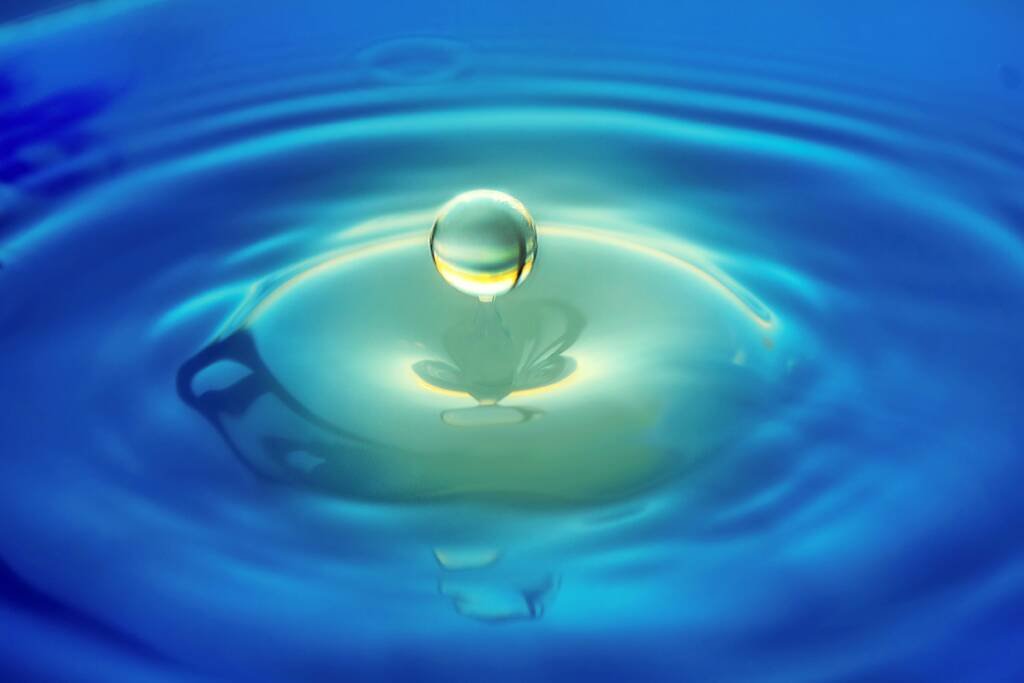
- Evaporation: The conversion of liquid water into vapor through heat energy from the sun.
- Condensation: The cooling of water vapor, leading to its conversion back into liquid form, forming clouds.
- Precipitation: The release of condensed water from clouds in the form of rain, snow, sleet, or hail.
- Runoff: The movement of water across the Earth’s surface into rivers, lakes, and oceans.
Factors Affecting the Amount of Water on Earth
Various natural phenomena and human activities influence the distribution and availability of water on our planet.
Natural factors
Natural events such as volcanic eruptions and tectonic movements can alter the landscape and affect the flow of water. For instance, volcanic eruptions can release large volumes of water vapor and ash into the atmosphere, temporarily impacting weather patterns.
Human activities
Human-induced factors such as deforestation, urbanization, and pollution can significantly impact the water cycle. Deforestation reduces the vegetation cover, leading to increased runoff and soil erosion. Urbanization results in the creation of impermeable surfaces, disrupting natural drainage systems and increasing the risk of flooding.
Is the Amount of Water on Earth Constant?
does the amount of water on earth change?
Despite the dynamic nature of the water cycle, the total amount of water on Earth remains relatively constant over time. This concept, known as water balance or hydrological equilibrium, implies that the rate of water input equals the rate of water output.
Addressing Common Misconceptions
While water undergoes constant movement and transformation, the total quantity of water on Earth remains stable. It may change form or location, but the overall amount remains consistent.
Explanation of Water Conservation and Replenishment
Water conservation efforts, such as reducing consumption and implementing efficient irrigation practices, play a crucial role in maintaining the balance of Earth’s water resources. Additionally, natural processes such as groundwater recharge and precipitation contribute to replenishing freshwater sources.
Measurements of Water on Earth: does the amount of water on earth change?
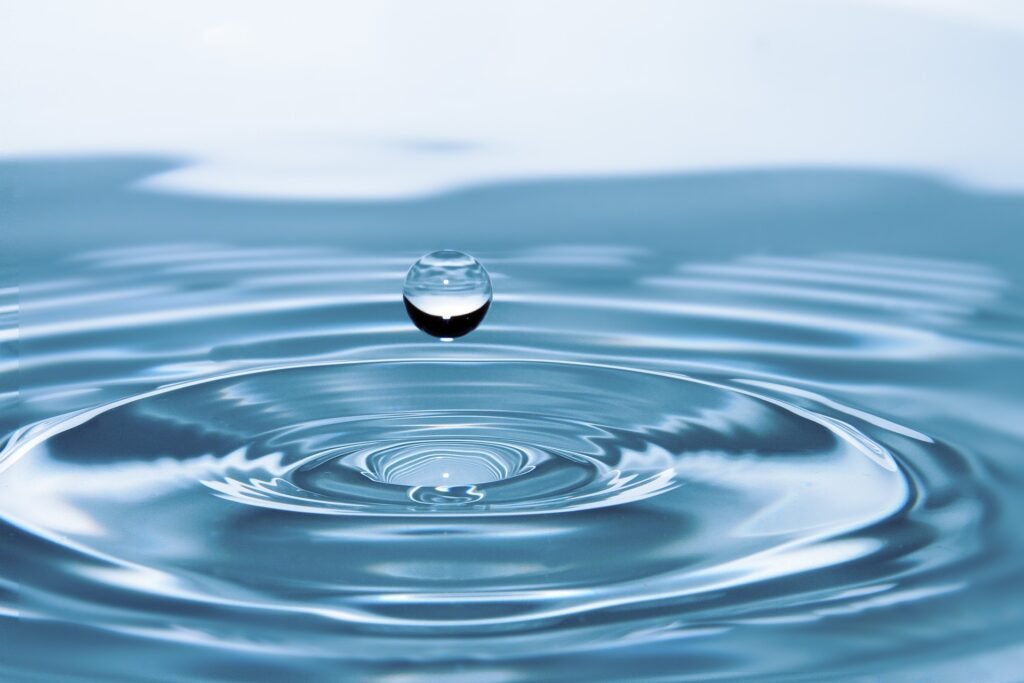
Various methods are employed to measure the quantity of water on Earth, including satellite imagery, ground-based observations, and hydrological modeling. These tools help scientists monitor changes in water levels and assess global water distribution.
Global Water Balance
The global water balance involves quantifying the inputs and outputs of water across different reservoirs, including oceans, glaciers, groundwater, and the atmosphere. This comprehensive approach provides insights into the dynamics of Earth’s water cycle.
Historical Changes in Earth’s Water Distribution
Throughout Earth’s history, fluctuations in water distribution have occurred due to natural climate variations and geological processes.
does the amount of water on earth change?
Ice Ages and Glacial Periods
During ice ages, large portions of Earth’s water are locked up in ice sheets and glaciers, leading to lower sea levels and altered climate patterns. Conversely, interglacial periods witness the melting of ice, resulting in rising sea levels and changes in global temperatures.
Impact of Climate Change on Water Distribution
Anthropogenic climate change has accelerated the melting of glaciers and polar ice caps, contributing to rising sea levels and altered precipitation patterns. These changes pose significant challenges for freshwater availability and ecosystem stability.
Future Predictions and Concerns
As the global population continues to grow, the demand for freshwater resources is expected to increase, exacerbating water scarcity in many regions.
Potential Consequences of Water Scarcity
does the amount of water on earth change?
Water scarcity can have far-reaching consequences, including food insecurity, conflict over water resources, and environmental degradation. Addressing this challenge requires concerted efforts to improve water management practices and promote sustainable use.
Mitigation Strategies
Mitigation strategies to address water scarcity include investment in water infrastructure, adoption of water-efficient technologies, and promotion of water conservation behaviors. Additionally, integrated water resource management approaches can help optimize water allocation and minimize waste.
Understanding the Water Cycle: does the amount of water on earth change?
Water is the elixir of life, playing a critical role in sustaining ecosystems, communities, and economies worldwide. Despite its seemingly abundant presence, the reality of water as a finite resource compels us to examine our relationship with it more closely, particularly through the lens of the water cycle and the concepts of renewable versus non-renewable water resources.
The Water Cycle Explained
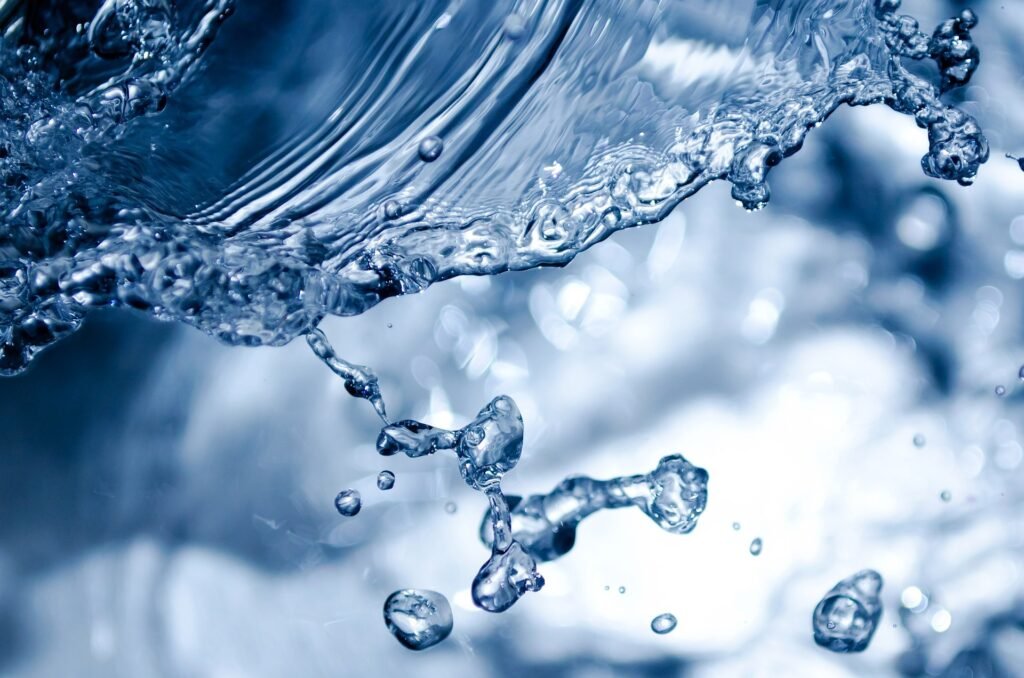
The water cycle, or hydrologic cycle, is a complex system that describes the perpetual movement of water within the Earth and its atmosphere. It encapsulates the processes of evaporation, condensation, precipitation, and collection. This cycle starts with the sun heating the Earth, leading to the evaporation of water from surfaces. This vapor rises, cools, and condenses into clouds. Eventually, the moisture falls as precipitation (rain, snow, hail, or sleet), replenishing Earth’s water bodies and infiltrating the ground to become part of the groundwater systems.
This marvel of nature demonstrates how water evolves between liquid, gas, and solid states, maintaining a balance that supports life. But does this cycle imply an endless supply of water?
Renewable vs Non-Renewable Water Resources
Contrary to what some might believe, the presence of the water cycle doesn’t equate to an infinite abundance of water. The water on Earth — all 326 million trillion gallons of it — is indeed a fixed quantity. It neither leaves nor arrives in vast amounts from outer space; instead, it continuously cycles.
Within this cycle, water resources are categorized as renewable and non-renewable:
- Renewable Water Resources include surface water (rivers, lakes) and some shallow underground water sources that can be replenished relatively quickly through precipitation. These sources are sustainable only if water withdrawal does not exceed their natural replenishment rates.
- Non-Renewable Water Resources, on the other hand, pertain mostly to deep underground aquifers. These are ancient reservoirs of water that can take centuries or even millennia to recharge. Once depleted, they may not recover within a human lifetime, making them effectively ‘finite’.
does the amount of water on earth change?
The Imperative of Water Conservation
Understanding the dynamics and limitations of these resources is critical for sustainable water management. How we use and conserve water, especially in agriculture, industry, and our daily lives, directly impacts the availability and quality of these precious resources. Here’s how water conservation plays a crucial role:
- Sustainable Use of Aquifers: By reducing excessive water use and employing modern irrigation techniques, we allow aquifers more time to recharge naturally, preserving them for future generations.
- Surface Water Protection: Mindful consumption helps maintain the ecological balance, ensuring rivers, lakes, and wetlands can continue to sustain biodiversity and provide for human needs.
- Adopting Water-Saving Practices: Simple actions, such as fixing leaks, investing in water-efficient appliances, and using water wisely in gardening and landscaping, can significant reduce waste and lessen the strain on both renewable and non-renewable water resources.
Water conservation is more than a duty; it’s a necessity for our survival and that of the planet. By fostering an understanding of the water cycle and emphasizing the importance of responsible usage, we contribute to the continued nurturing of the Earth’s water systems.
In conclusion, while the water cycle ensures that the total amount of water on Earth remains constant, not all water is accessible or replenishable within human timeframes. This distinction between renewable and non-renewable resources underscores the need for conscious conservation efforts. To secure water for the future, it is imperative that we act now, employing both innovation and traditional wisdom in our stewardship of this vital resource. Let us all play our part in preserving and caring for the water that sustains us all.
Keep learning, stay curious, and let’s continue to explore the fascinating world of water! 🌊 ️🚰
The Role of Technology in Water Conservation
In an era where technology permeates all aspects of life, its application in water conservation presents both challenges and opportunities. Advanced technologies, such as remote sensing, artificial intelligence (AI), and the Internet of Things (IoT), are revolutionizing how we monitor, manage, and utilize water resources. These tools offer the potential to achieve a more sustainable balance between water use and conservation by providing real-time data, predicting usage patterns, and optimizing water distribution systems. For example, smart irrigation systems can significantly reduce water wastage in agriculture by precisely delivering water when and where it is needed, based on soil moisture content and weather forecasts. Similarly, AI can help in predicting droughts and floods, allowing for better preparation and mitigation strategies.
does the amount of water on earth change?
The adoption of these technologies, however, requires investment in infrastructure, training, and public awareness. It also necessitates a shift towards policies that encourage sustainable water use and penalize wastage. The path forward involves integrating these technological advancements with traditional conservation methods, ensuring that communities at all levels, from local to global, benefit from efficient and sustainable water use. This synergy between technology and traditional wisdom is essential for safeguarding our water resources for future generations, making technology a valuable ally in the quest for water conservation. ️🚰💻 🌎
Conclusion
In this document, we explored the fascinating world of water, from its journey through the water cycle to its role as a finite and essential resource. We discussed the importance of understanding the distinction between renewable and non-renewable water resources and the imperative of conscious conservation efforts. Finally, we delved into the potential role of technology in achieving a sustainable water balance. As we continue to learn and appreciate the value of water, let us also strive to be responsible stewards of this precious resource for the sake of our planet and future generations. ️🚰 🌎 Keep learning, stay curious, and let’s continue to explore the amazing world of water! 💦 ️🌊
Note: The content of this document is for educational purposes only and does not substitute professional advice on water management. 📚💡
#water #conservation #sustainability #technology #environment #education
does the amount of water on earth change?
### Additional Resources
- United Nations World Water Development Report
- Water Conservation Tips from the EPA
- The Role of Technology in Water ManagementThank you for reading! Let’s continue to make a positive impact in our use and conservation of water. Together, we can ensure a sustainable future for all living beings on this planet. 🌍💙 ️🚰 ️🌊 #waterconservation #sustainabilitygoals #environmentfriendly #educationmatters #climatechangeawareness Remember: Every drop counts! 💧 ☀️ 🌱 🌎
Unique FAQs
Related to does the amount of water on earth change?
- Does water disappear during evaporation? No, evaporation is simply the conversion of liquid water into vapor, which eventually returns to the Earth’s surface as precipitation.
- Can desalination solve water scarcity issues? Desalination can provide an alternative source of freshwater in coastal areas, but it is energy-intensive and can have environmental impacts.
- How does pollution affect the water cycle? Pollution can contaminate freshwater sources, disrupt aquatic ecosystems, and impair the natural processes of the water cycle.
- Are there regions of the world experiencing water surplus? Yes, some regions have abundant freshwater resources, while others suffer from water scarcity due to uneven distribution and inefficient management.
- What role do wetlands play in the water cycle? Wetlands act as natural buffers against floods, filter pollutants, and provide habitat for diverse plant and animal species, contributing to the health of the water cycle.





